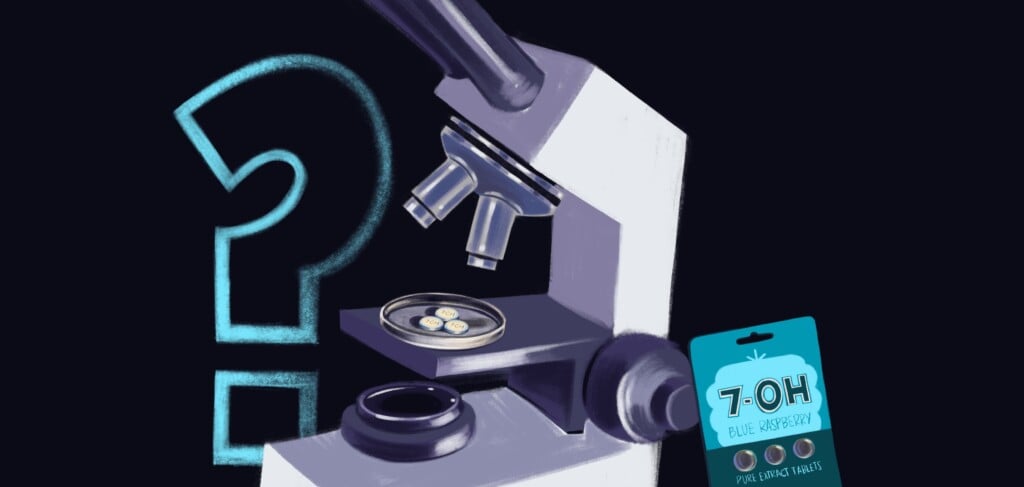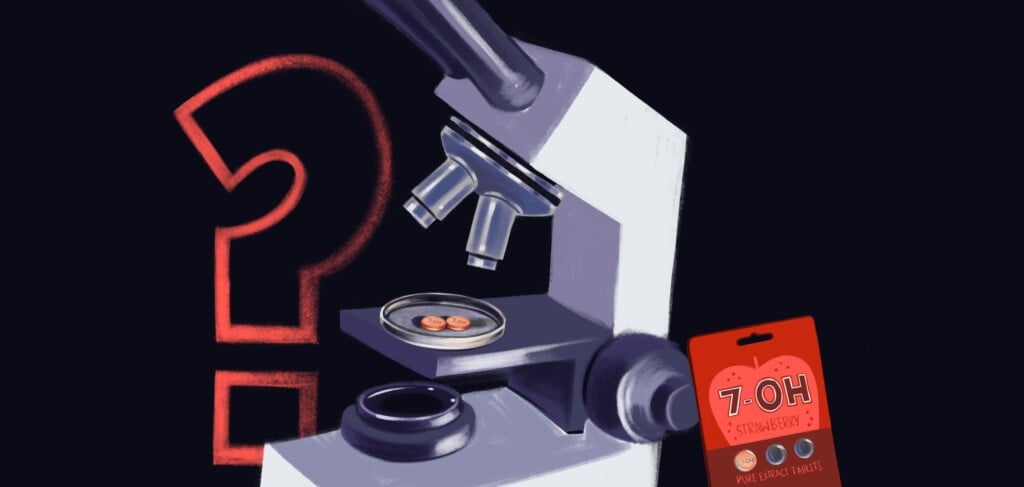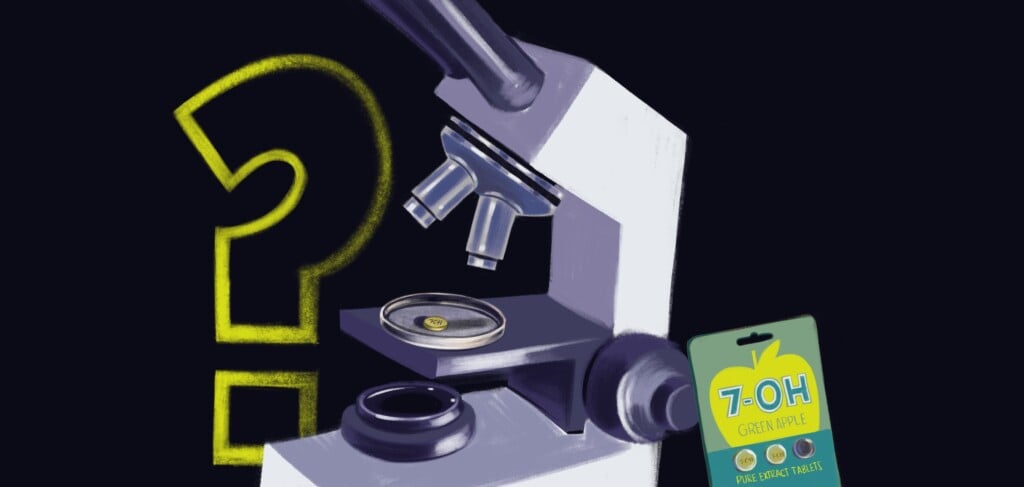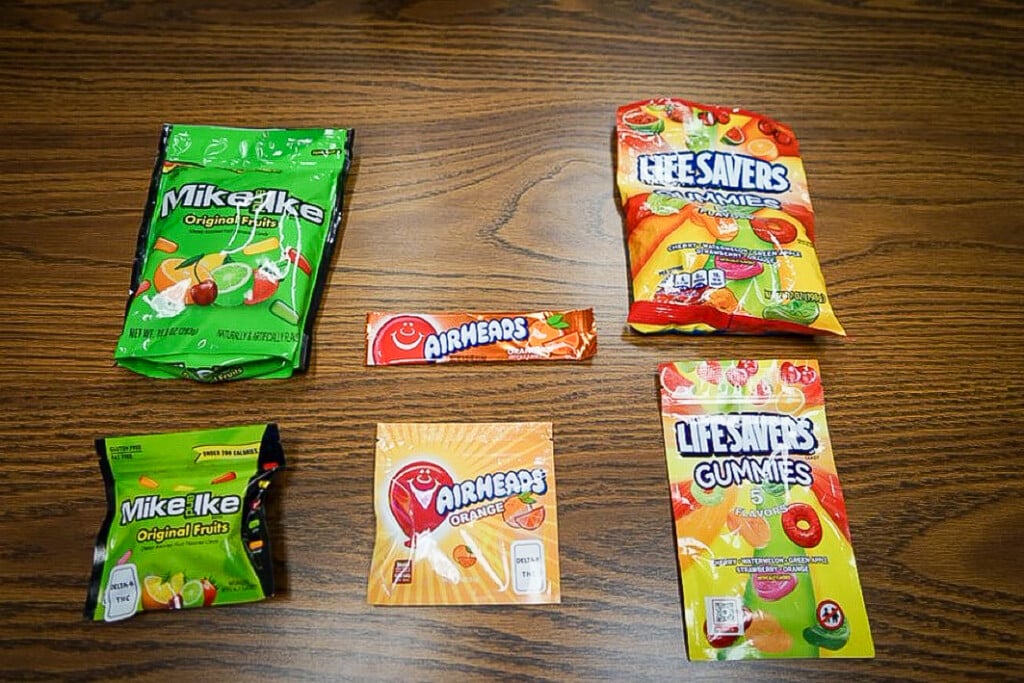GI Boys and Bondage
The scene was so hideous, so wrong, that my only consolation was a hope that no one would see it.
I had been wandering the deserted, labyrinthine hallways on the third floor at Union Station when I noticed an eerie green glow in an alcove up ahead. Disturbed and intrigued at the same time, I approached it, only to discover that the chartreuse luminescence was coming from the face of a mannequin — a mannequin whose entire head was a futuristic, round video projection unit, despite the fact that she was dressed in a white, floor-length, World War I-era Red Cross dress and blue veil.
Then she started talking. She was ostensibly addressing another mannequin nearby, this one meant to be a handsome soldier in olive drabs, leaning toward her over a wooden counter, his eyes aimed vaguely in her direction.
“Don’t worry, private, I’m a whiz at sewing buttons,” the voice said from inside the Red Cross mannequin’s face as her internal video player beamed some unfortunate actress’s facial expressions against the inside of the mannequin’s white, ill-sculpted head. She chattered on about her sewing skills and women’s rights. He was apparently unmoved — his fixed smile made him look happy to be getting any gal’s attention, no matter what she was yammering about.
Off to the right, another female mannequin looked ghostly in her long, white dress with its blood-red cross; thankfully, her blue veil obscured her oddly masculine face as she dangled an empty, white coffee cup in front of a seated soldier-mannequin. He leaned precariously forward and seemed to grab at the cup, though his eyes gazed off to the side and his mouth hung open as if he were about to start drooling. The poor guy was disconcertingly pale under his Andy Warhol hair.
The people who’d put up this display probably hadn’t meant to depict shell-shock, but there it was. Also unfortunate was the African-American mannequin. He was dressed in blue Navy woolens, and he held a white duffel bag. But he was way off to the side, which made him seem more like a laundry boy than a heroic sailor; and he was strangely short, reminiscent of a lawn jockey. I’m just sayin’ what I saw.
The horrific scenario is called “Candy, Coffee and a Smile.” It’s inflicted upon unlucky Union Station visitors by the same people who run the Liberty Memorial Museum — memorabilia collectors who have long complained about how they’ve amassed 400,000 artifacts but don’t have nearly enough room to properly exhibit them in the measly museum space surrounding the massive concrete shaft rising above Penn Valley Park. So here, across the street from the Liberty Memorial, resides a little satellite diorama in front of windows facing south toward the memorial itself.
Informational posters explained that a steady stream of soldiers and sailors had actually visited the Red Cross information booth at Union Station back during the war to get their buttons sewed on, throw back hot cups of joe and ask for directions to the YMCA. But that didn’t make the whole thing right.
At least no one would see it up there, I was reminding myself. Then I heard a snicker behind me just as the video mannequin’s audio loop started up again. A woman who’d wandered into the alcove was laughing at the bizarre sight. “It’s a little frightening,” said her male companion. I’d seen them earlier, exploring the cavernous station and checking out its curiosities; they looked like visiting Nebraskans. And they thought this thing was freakin’ weird, too.
[page]
Seeking a professional opinion, I went downstairs, where I’d seen a friend who is high up in the local history community. He’d never seen this particular piece of work and was stunned by its archaism. It went totally against all of the current thinking on how museum displays should be put together, he said. Walking back downstairs through the echoing terrazzo passageways, he sounded disillusioned.
“What’s wrong with this town?” he asked.
Hey — nothing that wasn’t being fixed that very minute!
Every Kansas Citian asks himself or herself, What’s wrong with this town? several times a day, at least, but this was Election Day, and everything was about to get better. For once, Union Station was swarming. (OK, dozens of people were enjoying buffet food, a cash bar and a cover band in front of the food court, though the rest of the station’s vast emptiness dwarfed them.) These were the supporters of last Tuesday’s Question No. 1, which asked citizens to approve $250 million in general-obligation bonds to repair the city’s disintegrating roads, bridges and sewers, and the crowd who had pushed Question No. 2, another $30 million in bonds to fix up the zoo. Weirdly, the folks behind Question No. 3, seeking to approve yet another $20 million in bonds for a museum at the Liberty Memorial, were keeping to themselves, staying up on a balcony above the station’s incongruous Union Café. Every once in a while, the Back to Basics crew and the Friends of the Zoo on the ground level would hear clapping from above; occasionally, the crowd on the floor would cheer, and the VFW and Ladies Auxiliary types would peek down from over the upstairs railing.
It was a glorious night for everyone. When the final numbers came through — all three questions got landslide approval, well beyond the 57 percent they’d needed to pass — Mayor Kay Barnes, City Manager Wayne Cauthen, several City Council members, Zoo Director Randy Wisthoff and other dignitaries took the stage for a congratulatory lovefest, all of them introduced by political consultant Pat Gray, who thanked his own staff like it was Oscar night.
In what The Kansas City Star later noted was thought by some observers to be “a referendum on the public’s trust in city government,” the mayor’s forces had won.
They had defeated cynics and naysayers like the Neighborhood Action Group, that two days earlier had sent out a special edition of its electronic newsletter, questioning City Hall’s accountability on capital-improvement projects. They’d overcome voter skepticism just a few short months after last November’s Area Transportation Authority tax vote, when too many taxpayers discovered after the fact that part of the transportation money would actually bankroll tax breaks for developers. Voters who had fallen in love with the cartoon polar bears adorning yard signs scattered around town wanted to throw good money after 1990’s promise of a world-class zoo financed by a $50 million property tax increase (Kendrick Blackwood’s “Bear Market,” April 1). And they’d said a big “Hell, yeah!” to the idea that a state-of-the-art World War I museum would be a phenomenal tourist attraction — and simply the right thing to do, even if voters never intended to pay for a museum when they approved money for the memorial’s restoration back in 1998 (David Martin’s “War Games,” February 5).
Those embarrassing mannequins upstairs would be gone forever, replaced by a trench-warfare immersion experience that Kansas Citians could really be proud of. Soon, people would be leaving Omaha, with its famous zoo, to visit our polar bears (never mind that it seemed to come as a surprise when, in the next day’s newspaper, Wisthoff noted that the bears wouldn’t arrive until 2008 or 2009). Nothing wrong with this town — especially if you don’t spend too much time wondering what it says about a city when people get so excited about infrastructure bonds.
[page]
For two days in a row, the Star trumpeted Barnes’ success. “Tuesday provided three more significant victories for Barnes during her tenure as mayor,” its unsigned editorial noted on April 7. Yael Abouhalkah sucked up the next day, writing, “The entire Kansas City region will benefit from her dogged efforts to overcome tough obstacles and improve the city’s future…. Even Barnes’ critics have to acknowledge one fact: The mayor knows how to get things done.”
The city’s future was suddenly as bright and sunny as that 70-degree Tuesday had been. So who could blame Barnes for being so euphoric at the Union Station victory party, where she made a stunning proclamation.
“Every day is going to be like yesterday was, when the Royals won in the ninth inning!”
Sadly, though, the very next day, and the day after that, the Royals lost.




